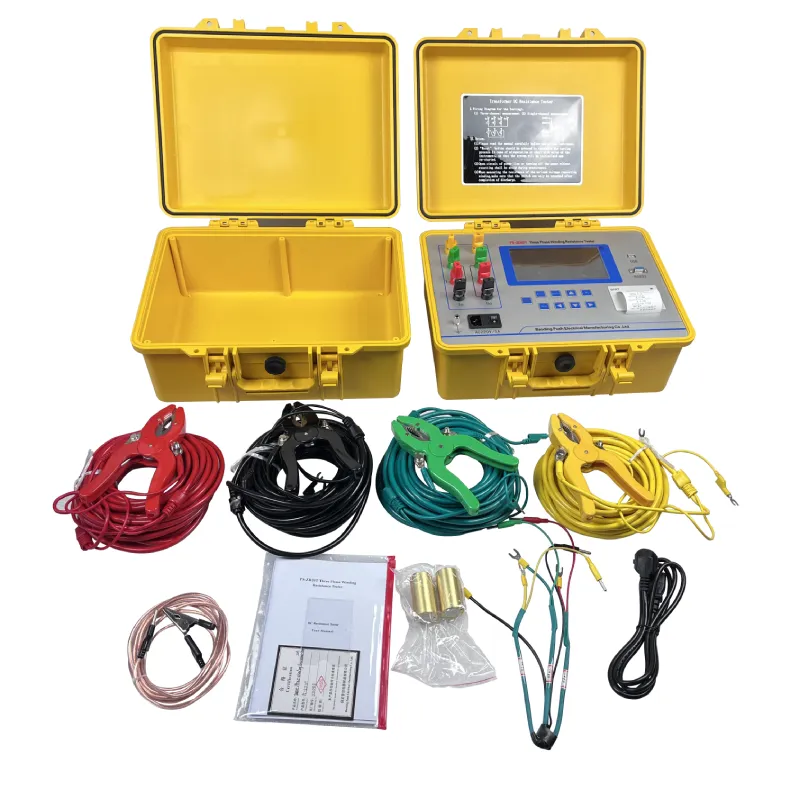 English
English



-
 Afrikaans
Afrikaans -
 Albanian
Albanian -
 Amharic
Amharic -
 Arabic
Arabic -
 Armenian
Armenian -
 Azerbaijani
Azerbaijani -
 Basque
Basque -
 Belarusian
Belarusian -
 Bengali
Bengali -
 Bosnian
Bosnian -
 Bulgarian
Bulgarian -
 Catalan
Catalan -
 Cebuano
Cebuano -
 China
China -
 China (Taiwan)
China (Taiwan) -
 Corsican
Corsican -
 Croatian
Croatian -
 Czech
Czech -
 Danish
Danish -
 Dutch
Dutch -
 English
English -
 Esperanto
Esperanto -
 Estonian
Estonian -
 Finnish
Finnish -
 French
French -
 Frisian
Frisian -
 Galician
Galician -
 Georgian
Georgian -
 German
German -
 Greek
Greek -
 Gujarati
Gujarati -
 Haitian Creole
Haitian Creole -
 hausa
hausa -
 hawaiian
hawaiian -
 Hebrew
Hebrew -
 Hindi
Hindi -
 Miao
Miao -
 Hungarian
Hungarian -
 Icelandic
Icelandic -
 igbo
igbo -
 Indonesian
Indonesian -
 irish
irish -
 Italian
Italian -
 Japanese
Japanese -
 Javanese
Javanese -
 Kannada
Kannada -
 kazakh
kazakh -
 Khmer
Khmer -
 Rwandese
Rwandese -
 Korean
Korean -
 Kurdish
Kurdish -
 Kyrgyz
Kyrgyz -
 Lao
Lao -
 Latin
Latin -
 Latvian
Latvian -
 Lithuanian
Lithuanian -
 Luxembourgish
Luxembourgish -
 Macedonian
Macedonian -
 Malgashi
Malgashi -
 Malay
Malay -
 Malayalam
Malayalam -
 Maltese
Maltese -
 Maori
Maori -
 Marathi
Marathi -
 Mongolian
Mongolian -
 Myanmar
Myanmar -
 Nepali
Nepali -
 Norwegian
Norwegian -
 Norwegian
Norwegian -
 Occitan
Occitan -
 Pashto
Pashto -
 Persian
Persian -
 Polish
Polish -
 Portuguese
Portuguese -
 Punjabi
Punjabi -
 Romanian
Romanian -
 Russian
Russian -
 Samoan
Samoan -
 Scottish Gaelic
Scottish Gaelic -
 Serbian
Serbian -
 Sesotho
Sesotho -
 Shona
Shona -
 Sindhi
Sindhi -
 Sinhala
Sinhala -
 Slovak
Slovak -
 Slovenian
Slovenian -
 Somali
Somali -
 Spanish
Spanish -
 Sundanese
Sundanese -
 Swahili
Swahili -
 Swedish
Swedish -
 Tagalog
Tagalog -
 Tajik
Tajik -
 Tamil
Tamil -
 Tatar
Tatar -
 Telugu
Telugu -
 Thai
Thai -
 Turkish
Turkish -
 Turkmen
Turkmen -
 Ukrainian
Ukrainian -
 Urdu
Urdu -
 Uighur
Uighur -
 Uzbek
Uzbek -
 Vietnamese
Vietnamese -
 Welsh
Welsh -
 Bantu
Bantu -
 Yiddish
Yiddish -
 Yoruba
Yoruba -
 Zulu
Zulu
power transformer insulation resistance test
Understanding Insulation Resistance Testing for Power Transformers
Power transformers are crucial components in electrical systems, ensuring the efficient transfer of electricity across vast distances. As with any electrical equipment, the reliability and longevity of transformers are significantly influenced by their insulation system. One of the key maintenance practices for assessing the health of a transformer's insulation is the insulation resistance (IR) test. This article explores the importance, methodology, and interpretation of insulation resistance testing for power transformers.
The Importance of Insulation Resistance Testing
The insulation system inside a power transformer plays a vital role in preventing short circuits and ensuring the safe operation of electrical components. Over time, various factors such as moisture ingress, electrical stress, thermal aging, and contamination can deteriorate the insulating materials, leading to reduced insulation resistance. This deterioration can result in catastrophic failures, costly repairs, or even hazardous conditions leading to outages and safety risks.
Regular insulation resistance testing provides vital information about the condition of the insulation materials, helping operators determine whether a transformer is functioning properly and is fit for continued operation. The results of these tests can guide maintenance schedules, allowing for proactive intervention before serious issues arise.
Methodology of Insulation Resistance Testing
Typically, the insulation resistance test involves the following steps
1. Preparation Before testing, ensure that the transformer is de-energized and isolated from the power supply. This is crucial to ensure the safety of personnel as well as the accuracy of the readings.
2. Connections Connect the insulation resistance tester’s leads to the transformer’s terminals. The common practice is to test between each phase winding and ground, as well as between the phase windings themselves.
power transformer insulation resistance test

3. Testing Voltage Insulation resistance testers can apply various voltages, commonly between 500 V and 5 kV, depending on the voltage class of the transformer. Operators select an appropriate testing voltage to assess the insulation condition effectively.
4. Recording Measurements Once the tester is activated, the insulation resistance is measured and displayed. The reading is usually represented in megohms (MΩ). It’s important to take note of the environmental conditions, as temperature and humidity can affect resistance values.
5. Duration of Test The duration of the test can also impact results. For more accurate readings, a longer testing time (usually up to 10 minutes) may be advisable, allowing any transient conditions to stabilize.
Interpreting the Results
After conducting the insulation resistance test, the results must be analyzed carefully. Accepted values for insulation resistance can vary widely based on the transformer type, age, and operating conditions. However, a general rule of thumb is that insulation resistance values below 1 MΩ indicate potential issues.
In addition to the absolute readings, it’s also crucial to look at historical data. A downward trend in insulation resistance values over time suggests deteriorating insulation, warranting further investigation or immediate action. Comparing the current test results with previous ones allows operators to make informed decisions about maintenance needs.
Conclusion
Insulation resistance testing is an integral aspect of maintaining power transformers, offering insights into the health of their insulation systems. By regularly performing these tests, operators can not only prevent unexpected failures but also extend the operational lifespan of their transformers. As the electrical infrastructure continues to evolve and expand, ensuring the reliability of critical components like power transformers through vigilant testing will remain paramount to the stability and safety of the grid.
-
Testing Equipment Industry Sees Major Advancements in 2025: Smart & Precision Technologies Lead the WayNewsJun.06,2025
-
Applications of Direct Current Generators in Renewable Energy SystemsNewsJun.05,2025
-
Hipot Tester Calibration and Accuracy GuidelinesNewsJun.05,2025
-
Digital Circuit Breaker Analyzer Features and BenefitsNewsJun.05,2025
-
Benefits of Real-Time Power Quality Monitoring Devices for Industrial EfficiencyNewsJun.05,2025
-
Earth Fault Loop Testing in High-Rise Building Electrical SystemsNewsJun.05,2025



